Architecture is a celebrated art around the world and has helped to create iconic cities and spaces that transform people and culture. One of the toughest things to do is take that amazing three-dimensional, experiential space and bring it to a two-dimensional medium.
There are many steps on the path to high-quality architectural imagery, including pre-production for the where and when, physically capturing that space with a mindful intent toward telling it’s story, and the final phase of post-processing that we are going to cover in this post.
Post-Production & Retouching
To say there is only one way to process architectural images would be a disservice to the art of photography and the unique vision of each photographer. That is one of the aspects of working with a professional architectural photographer that is hard to quantify; vision. So much of that vision is expressed in post-production, from the blending methods to their expression of the light moving through each space, their color correction and creative color grading, and their ability to draw the viewer through the image and allow an emotional connection to something they might not otherwise get to experience.
The current process that Crimson Sun Studios uses involves exposure blending through luminosity, which means that on production, detailed photographs at different exposures are taken to use as assets for the final image. Using luminosity masking, we bring clean detail in shadows and highlights from the high-resolution camera sensor together to create a base image with incredible and controllable dynamic range. That building block offers a great stepping-off point to further adjust exposure in a controlled manner through selective dodging and burning. Once exposure across the image is taken care of, we address color by adjusting the saturation to specific objects or colors through the image. Especially when dealing with different color light sources (incandescent, fluorescent, LED, the sun, etc.), you need to understand the balance to the overall image and remove those color casts to make the space appear as it would to the viewer’s eye. Once the natural color variations have been addressed, color grading can start. This is a creative step unique to each photographer, depending on if they prefer warm/cool highlights or shadows, if they want to accentuate specific tonalities to materials used, or if they want to adjust the look and feel of the natural space surrounding the building. Other important actions prior to final export are the removal of distracting objects like construction cones, power lines, signage around the building, dirt and debris on the floor or other surfaces, as well as the addition of people or birds to the foreground/background, and crucially making sure perspective is accurate. Our final step is sharpening and exporting our high-resolution files out to the many different file types the client may need.
The video below shows a time-lapse screen capture of the editing process for an early-morning exterior of this newly built bank (State Bank of Cross Plains in Middleton, WI), photographed for Iconica located here in Madison, WI.
Enjoy!

